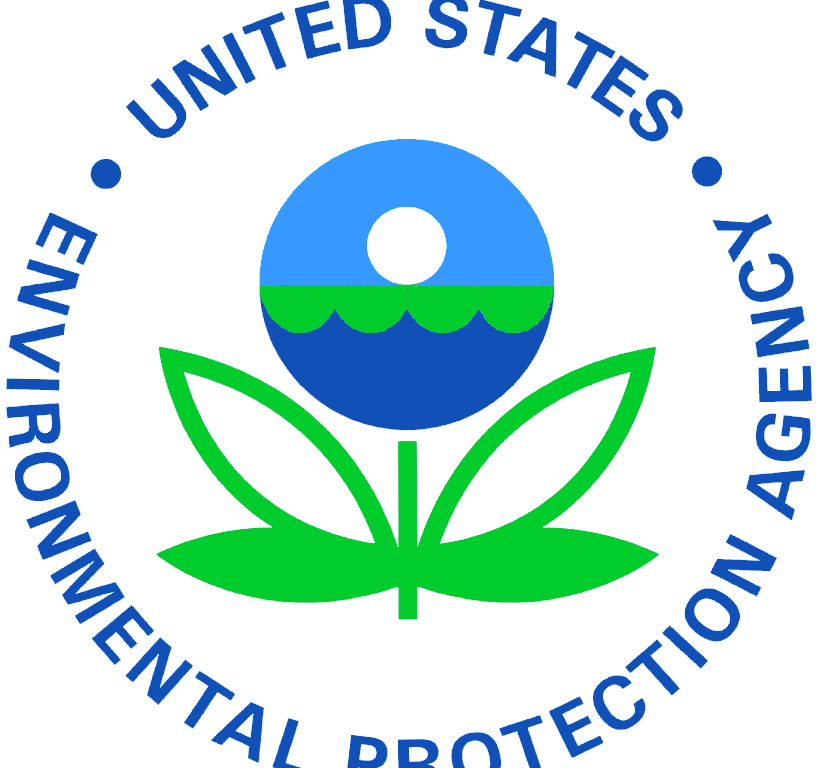The Supreme Court stated that it will hear San Francisco’s challenge to Environmental Protection Agency (EPA) water pollution regulations on Oct. 16.
The July 26 announcement came as several water management agencies and local governments filed a brief with the nation’s highest court supporting San Francisco’s position in the case.
The city argued in court papers that the agency’s wastewater discharge rules are so “vague” and “nebulous” that they violate federal law.
The city claims that EPA officials misinterpreted a provision of the federal Clean Water Act of 1972 (CWA) when they issued a wastewater discharge permit. In issuing the permit, the officials deviated from the framework of the statute so much that it had the effect of reviving the old regulatory approach that the law had replaced, according to the city.
The EPA issues permits to local governments and water management authorities under the National Pollutant Discharge Elimination System (NPDES), with the goal of limiting water pollution by regulating point sources that send water-borne pollutants to bodies of water.
The agency defines a point source as “any single identifiable source of pollution from which pollutants are discharged, such as a pipe, ditch, ship or factory smokestack.” Common point sources are sewage treatment plants and factories.
The EPA’s Pacific Southwest office issues permits for wastewater discharges, such as those carried out by San Francisco, into the Pacific Ocean.
San Francisco argued in its petition filed with the Supreme Court on Jan. 8 that the discharge permits issued by the EPA order that cities not pollute water bodies “too much” but don’t provide a specific limitation.
According to the city, its most recent permit is one of many issued across the country that failed to notify the permit holders about what they must do to comply with the Clean Water Act.
The city’s permit states that San Francisco may not cause or contribute to “exceedances” of water quality standards. Instead of simply advising the city “how much it needs to control its discharges to comply with the Act,” the EPA’s “generic prohibitions leave the City vulnerable to enforcement based on whether the Pacific Ocean meets state-adopted water quality standards,” according to the petition.
In July 2023, a divided U.S. Court of Appeals for the Ninth Circuit rejected San Francisco’s appeal and affirmed the EPA’s power to specify generic limits or “general narrative prohibitions” on discharges under the Clean Water Act.
U.S. Solicitor General Elizabeth Prelogar had urged the Supreme Court in an April 12 brief to not accept the case, writing that wastewater discharge permits are specific enough.
For example, the permit issued to the city states that the discharged water cannot adversely affect the pH of the water into which it is released and that “floating particulates and grease and oil shall not be visible,” Ms. Prelogar wrote.
The Supreme Court granted San Francisco’s petition on May 28.
A group of local governments, water utilities, and related water quality associations across the United States filed a brief on July 26 backing San Francisco in the case.
Among the 27 entities participating in the brief are the National Association of Clean Water Agencies, California Association of Sanitation Agencies, Massachusetts Water Resources Authority, District of Columbia Water and Sewer Authority, Northeast Ohio Regional Sewer District, and the City of New York.
The Supreme Court should overturn the Ninth Circuit’s ruling “because its misreading of the CWA will have significant consequences for public clean water utilities and the communities they serve nationwide,” the brief states.
Utilities must have “predictability and certainty” as they manage the large infrastructure investments needed to comply with the Clean Water Act’s “stringent requirements.”
“Utilities already face challenges related to replacing aging sewer and stormwater infrastructure, increasing system resiliency in the face of climate change, addressing emerging contaminants, and fending off cybersecurity threats,” the brief reads.
“Generic water quality prohibitions compound these challenges by leaving open the possibility that utilities already complying with the many effluent limitations in their NPDES permits may nonetheless be found by a court to be violating the CWA.”
Effluent is liquid waste or sewage discharged into a body of water.
The EPA estimated in 2022 that CWA compliance nationwide will cost more than $630 billion between 2022 and 2041, according to the brief.
The court is currently on its summer recess and will resume hearing oral arguments at the beginning of October.
This article by Matthew Vadum appeared July 27, 2024, in The Epoch Times. It was updated July 30, 2024.


